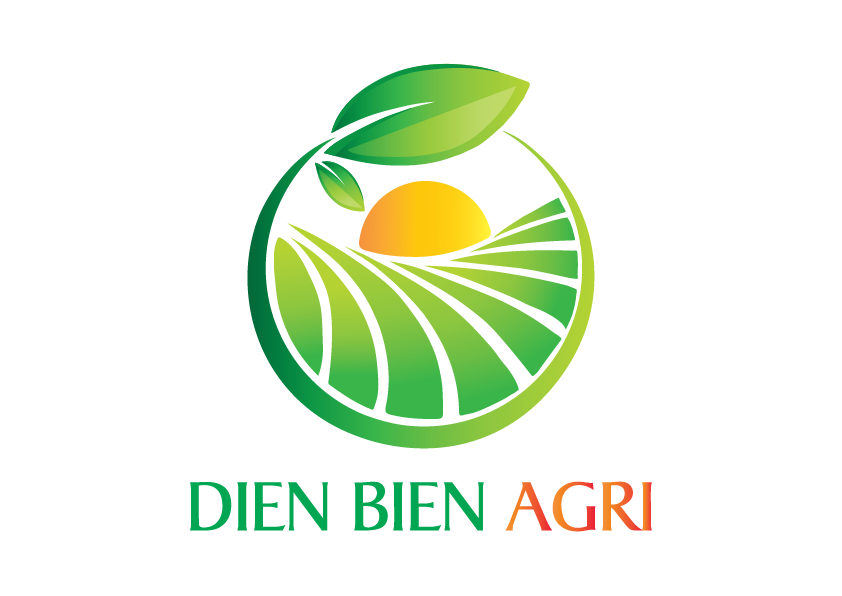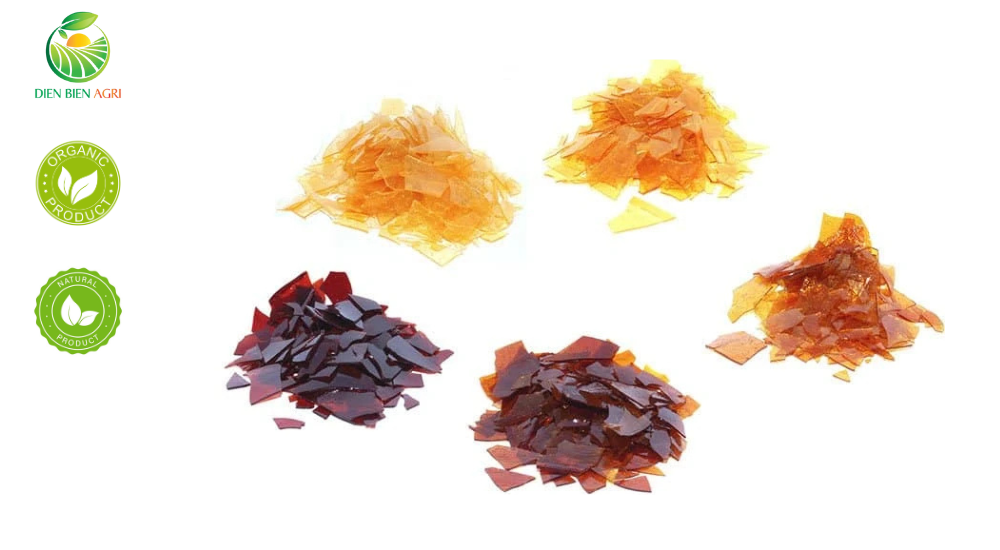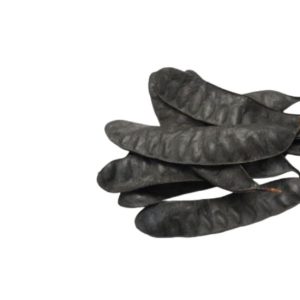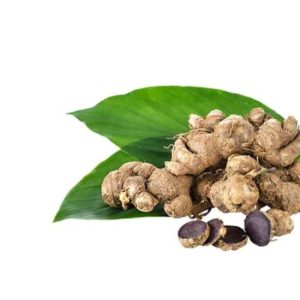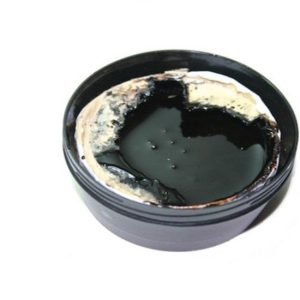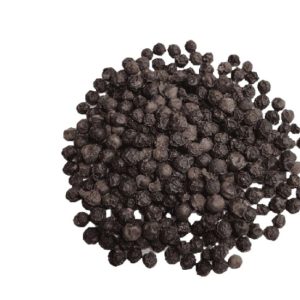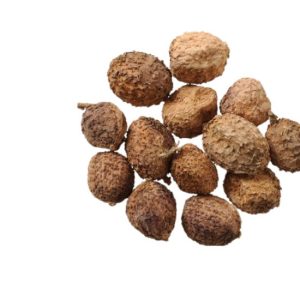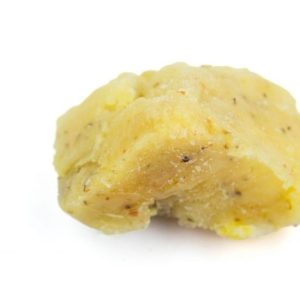Shellac
0 ₫
Shellac is a natural resin produced from sticklac, used in food, pharmaceuticals, wood finishing, and more. Eco-friendly, biodegradable, and versatile.
SPECIFICATION:
-
Product: Shellac
-
Origin: Vietnam
-
Crop Year: 2024
-
HS Code: 1301.90.99
-
Moisture Content: Max. 2%
-
Wax Content: Depending on grade (Dewaxed or Waxy)
-
Foreign Matter: Max. 2%
-
Color: Lemon / Orange / Garnet / Blonde / Platina (as per grade)
-
Form: Flakes / Buttons / Sheets
-
Packaging: 25 kg in plastic bag or carton box
-
Container Capacity: 12 MT/20FCL; 24 MT/40HC
-
Port of loading: Hai Phong Port, Vietnam
For international customers, WhatsApp us at: +84.973.447.926.
Shellac – A Natural Product Derived from Sticklac
What Is Shellac?
Shellac is a natural resin obtained from the secretion of the lac insect (Kerria lacca), primarily harvested from host trees in tropical forests. The raw material, called sticklac, is processed to remove impurities and wax, resulting in refined flakes or granules. This eco-friendly product is biodegradable, sustainable, and widely used in multiple industries.
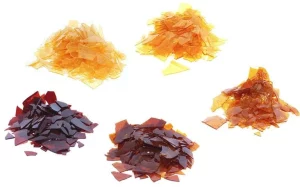
From Sticklac to Shellac
Shellac is produced through several refining methods, each designed to remove impurities from sticklac and improve quality for specific uses.
The traditional process involves melting seedlac inside a long cloth bag over a charcoal hearth. By twisting the bag, molten lac is filtered and then shaped into sheets or button-like forms. The leftover residue, called kirrilac, contains insect debris and sand.
In the heat process, seedlac is melted using steam, then mixed with agents like oxalic acid or titanium dioxide. It’s filtered under hydraulic pressure and formed into continuous sheets, later broken into flakes.
The solvent process dissolves seedlac in alcohol, removes wax and color impurities through filtration and activated carbon treatment, then forms dewaxed or decolorized grades such as platina or blonde.
For bleached shellac, the resin is dissolved in sodium carbonate, treated with hypochlorite, and precipitated with acid. This produces a white-grade shellac used in specific industrial and pharmaceutical applications.
These varied processes result in different grades of shellac—flakes, buttons, dewaxed, or bleached—each suited for specific industries from wood polish to food and pharma.
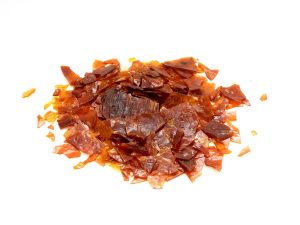
Key Applications of Shellac
This resin is known for its versatility. It serves a wide range of purposes across industries due to its excellent film-forming properties, natural gloss, and safety for food and pharmaceuticals.
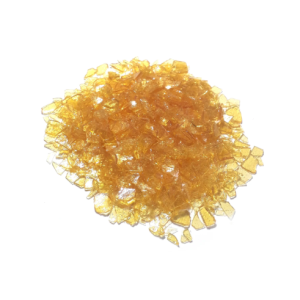
1. Wood Finishing and Polishing
Shellac is a favorite among woodworkers and furniture makers. It forms a smooth, protective film that enhances the natural grain of wood, while offering resistance to moisture and UV light. Traditional French polishing techniques often rely on this product for a lustrous finish.
2. Food and Confectionery Coating
Due to its non-toxic nature, the resin is used as a glazing agent in food products. It provides a shiny, moisture-resistant coating for candies, chocolates, and fruits. In food labeling, it may appear as E904.
3. Pharmaceutical and Cosmetic Use
Shellac acts as an enteric coating for tablets and capsules, helping to control drug release in the digestive system. In cosmetics, it is used in hair sprays, nail polishes, and other grooming products for its fast-drying and film-forming qualities.
4. Electrical and Industrial Applications
In electronics, it serves as an insulating varnish for coils, capacitors, and other components. It also finds use in industrial adhesives, sealants, and inks due to its strong bonding properties.
Why Choose Shellac?
There are several reasons manufacturers and artisans prefer shellac over synthetic alternatives:
-
Natural and Renewable: As a product of insect secretion, this product is a renewable resource with minimal environmental impact.
-
Biodegradable: Unlike petroleum-based finishes, shellac breaks down naturally and does not contribute to long-term pollution.
-
Non-toxic and Food-safe: It meets safety standards for edible coatings and pharmaceutical use.
-
Quick-drying: The product sets rapidly, improving efficiency in production and application.
-
Aesthetic Appeal: It enhances surfaces with a warm, amber tone and natural shine.
Grades and Forms Available
Shellac is available in various forms such as flakes, buttons, and powders. It also comes in multiple color grades—from pale lemon to deep garnet—depending on the level of refinement and wax content.
-
Dewaxed Shellac: Ideal for food and pharmaceutical applications.
-
Waxed Shellac: Suitable for wood finishes and decorative purposes.
Storage and Shelf Life
To maintain quality, the resin should be stored in a cool, dry place away from sunlight and moisture. When kept under proper conditions, it remains usable for up to 12–18 months.
Export and Market Demand
The demand for shellac is rising globally, especially in North America, Europe, and East Asia. Countries importing this product often require compliance with health and safety certifications such as FDA, ISO, and HACCP. Suppliers offering traceability and high-grade quality gain competitive advantages in international markets.
Where to Buy Shellac
If you’re looking for a reliable source of high-quality shellac, Dien Bien Agri is your trusted partner. With a commitment to quality, sustainability, and traceability, we supply both raw seedlac and refined shellac tailored to various industrial needs—from food-grade coatings to wood finishing and pharmaceuticals. Our products are exported to discerning markets worldwide, meeting strict international standards.
Read more: Shellac – A Natural Product Derived from Sticklac
Contact us for more information:
Tel/WhatsApp: +84.973.447.926.
Email: [email protected]
Add: Thanh Minh Commune, Dien Bien City, Vietnam
Factory: Bai Dai Village, Tien Xuan Commune, Thach That District, Ha Noi City, Vietnam
Specifications
SPECIFICATIONS
Product name |
Shellac |
Cas No. |
9000-59-3 |
Manufacturing date |
12/2024 |
Expiry date |
12/2027 |
Origin |
Vietnam |
Batch No. |
SLAC1224 |
No |
Specifications |
Standards |
01 |
Appearance |
Dried resin |
02 |
Colour |
Orange-amber to brown resinous mass |
03 |
Odour |
Characteristic odour |
04 |
Solubility |
Soluble in alcohol & Insoluble in water |
05 |
Chemical composition |
Resin (65%) |
Storage: Store in airtight containers in cool & dry place away from light & heat.
Caution: Avoid contact with eyes, inner ears, and sensitive areas.
MSDS

MATERIAL SAFETY DATA SHEET
(according to Regulation (EU) No. 1907/2006)
Product name: Shellac
Number: SLAC1223
1. IDENTIFICATION OF SUBSTANCE/PREPARATION & COMPANY.
Product name: Shellac
Manufacturer/Supplier: Dien Bien Agricultural Products., JSC
Add: Group 2, Thanh Minh Commune, Dien Bien Phu City, Vietnam
Emergency telephone: +84.973.447.926
Emergency Contact: Mr. Dylan Nguyen
2. COMPOSITION / INFORMATION ON INGREDIENTS.
Definition/Botanical Origin: Sticklac is the resinous secretion of a kind of tiny insect known as Laccifer lacca original Vietnam.
Composition: 100% pure & natural, raw material
CAS No: 9000-59-3
3. HAZARDS IDENTIFICATION:
This product is not hazardous. Not dangerous for the environment.
H304 May be fatal if swallowed and enters airways
H315 Causes skin irritation
H317 May cause an allergic skin reaction
H319 Causes serious eye irritation
4. FIRST-AID MEASURES:
Inhalation: Remove from exposure site to fresh air. Keep at rest. Obtain medical attention.
Eye contact: Rinse immediately with plenty of water for at least 15 mins. Contact a doctor if symptoms persist.
Skin contact: Remove contaminated clothes. Wash thoroughly with soap & water, flush with plenty of water. If irritation persists, seek medical advice.
Ingestion: Rinse mouth out with water. Seek medical advice immediately.
Other: When assessing action take Risk & Safety Phrases into account (Section 15)
5. FIRE FIGHTING MEASURES.
Extinguishing media Use CO2, Dry Powder or Foam type Extinguishers, spraying extinguishing media to base of flames. Do not use direct water jet on burning material.
Special measures: Avoid vapour inhalation. Keep away from sources of ignition. Do not smoke. Wear positive pressure self-contained breathing apparatus & protective clothing.
Extinguishing procedures: Closed containers may build up pressure when exposed to heat and should be cooled with water spray.
6. ACCIDENTAL RELEASE MEASURES.
Personal precautions: Avoid inhalation & direct contact with skin & eyes. Use individual protective equipment (safety glasses, waterproof-boots, suitable protective clothing) in case of major spillages.
Environment precautions: Keep away from drains, soils, surface & groundwaters.
Cleaning up methods Remove all potential ignition sources. Contain spilled material. Cover for spillages: with an inert or non-combustible inorganic absorbent material, sweep up and remove to an approved disposal container. Observe state, federal & local disposal regulations.
7. HANDLING & STORAGE.
Precautions in handling: Apply good manufacturing practice & industrial hygiene practices, ensuring proper ventilation. Observe good personal hygiene, and do not eat, drink or smoke whilst handling.
Storage conditions: Store in tightly closed original container, in a cool, dry & ventilated area away from heat sources & protected from light. Keep air contact to a minimum.
Fire protection: Keep away from ignition sources & naked flames. Take precautions to avoid static discharges in working area.
8. EXPOSURE CONTROLS/PERSONAL PROTECTION.
Respiratory protection: Avoid breathing product vapour. Apply local ventilation where possible.
Ventilation: Ensure good ventilation of working area.
Hand protection: Avoid all skin contact. Use chemically resistant gloves if required.
Eye protection: Use safety glasses.
Work/Hygiene practices: Wash hands with soap & water after handling.
9. PHYSICAL & CHEMICAL PROPERTIES.
Appearance: Dried resin
Colour: Orange-amber to brown resinous mass
Odour: Typical
Specific gravity at 20℃: not available
Refractive Index at 20℃: not available
Optical rotation at at 20℃: not available
Main components: Resin
Solubility: Insoluble in water./ Solubility in alcohol, solvents
10. STABILITY & REACTIVITY.
Reactivity: It presents no significant reactivity hazards, by itself or in contact with water. Avoid contact with strong acids, alkali or oxidising agents.
Decomposition: Liable to cause smoke & acrid fumes during combustion: carbon monoxide, carbon dioxide & other non-identified organic compounds may be formed.
11. TOXICOLOGICAL INFORMATION.
According to current information, not classed as hazardous to health in normal industrial use.
12. ECOLOGICAL INFORMATION.
Biodegradability: Data not available
Precautions: Prevent surface contamination of soil, ground & surface water.
13. DISPOSAL CONSIDERATIONS.
Avoid disposing to drainage systems and into the environment. Seek expert advice.
14. TRANSPORT REGULATIONS.
Shipping by road (ADR/RID): This product is not considered as dangerous goods
Shipping by air (IATA): This product is not considered as dangerous goods
Shipping by sea (IMDG): This product is not considered as dangerous goods
UN number: not regulated
UN proper shipping name: not regulated
Transportation hazard class: not regulated
Label: Sticklac Resin
15. REGULATORY INFORMATION. According to Directive 88/379/EEC
Hazards: Harmful
Symbols: n/a
Risk Phrases: Harmful if swallowed
Safety Phrases: If swallowed seek medical advice immediately and show the container / label
16. OTHER INFORMATION.
Cosmetics Directive – 7th Amendment – Not Restricted
Check maximum usage levels for skin care products.
PACKAGING:
In Jute bag 30-50kg
SHELF LIFE:
Best before of 24 months from the date of manufacturing.
Q.C. REQUIREMENTS.
In-line with general product specification. Always satisfy suitability for specific application.
The data provided in this material safety data sheet is meant to represent typical data/analysis for this product and is correct to the best of our knowledge. The data was obtained from current and reliable sources, but is supplied without warranty, expressed or implied, regarding its’ correctness or accuracy. It is the user’s responsibility to determine safe conditions for the use of this product, and to assume liability for loss, injury, damage or expense arising from improper use of this product. The information provided does not constitute a contract to supply to any specification, or for any given application, and buyers should seek to verify their requirements and product use.
COA

CERTIFICATE OF ANALYSIS
No: 12/ 2024/SLAC
Product name |
STICKLAC |
Cas No. |
9000-59-3 |
Manufacturing date |
12/2024 |
Expiry date |
12/2027 |
Origin |
Vietnam |
Batch No. |
SLAC1224 |
No |
Specifications |
Standards |
Results |
01 |
Appearance |
Dried resin |
Complies |
02 |
Colour |
Orange-amber to brown resinous mass |
Complies |
03 |
Odour |
Characteristic odour |
Complies |
04 |
Solubility |
Soluble in alcohol & Insoluble in water |
Complies |
05 |
Chemical composition |
Resin (65%) |
Complies |
06 |
Conclusion |
Comply all of the standards for Sticklac. |
|
Storage: Store in airtight containers in cool & dry place away from light & heat.
Caution: Avoid contact with eyes, inner ears, and sensitive areas.
Related products
DIEN BIEN FOREST PRODUCTS
DIEN BIEN FOREST PRODUCTS
DIEN BIEN FOREST PRODUCTS
DIEN BIEN FOREST PRODUCTS
DIEN BIEN FOREST PRODUCTS
DIEN BIEN FOREST PRODUCTS
DIEN BIEN FOREST PRODUCTS
DIEN BIEN FOREST PRODUCTS
